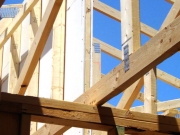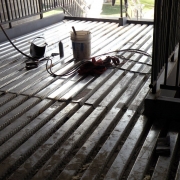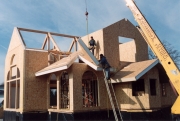Residential Zoning: Ask the Right Questions
Homeowners wanting to add to or renovate their properties need to know the right questions to ask. Contacting your city zoning office before starting work to obtain a building permit and to verify that the project is permitted under the current zoning ordinances will get you started on the right foot. Understanding property set-back issues and backyard space rules will also help ensure a successful project.











